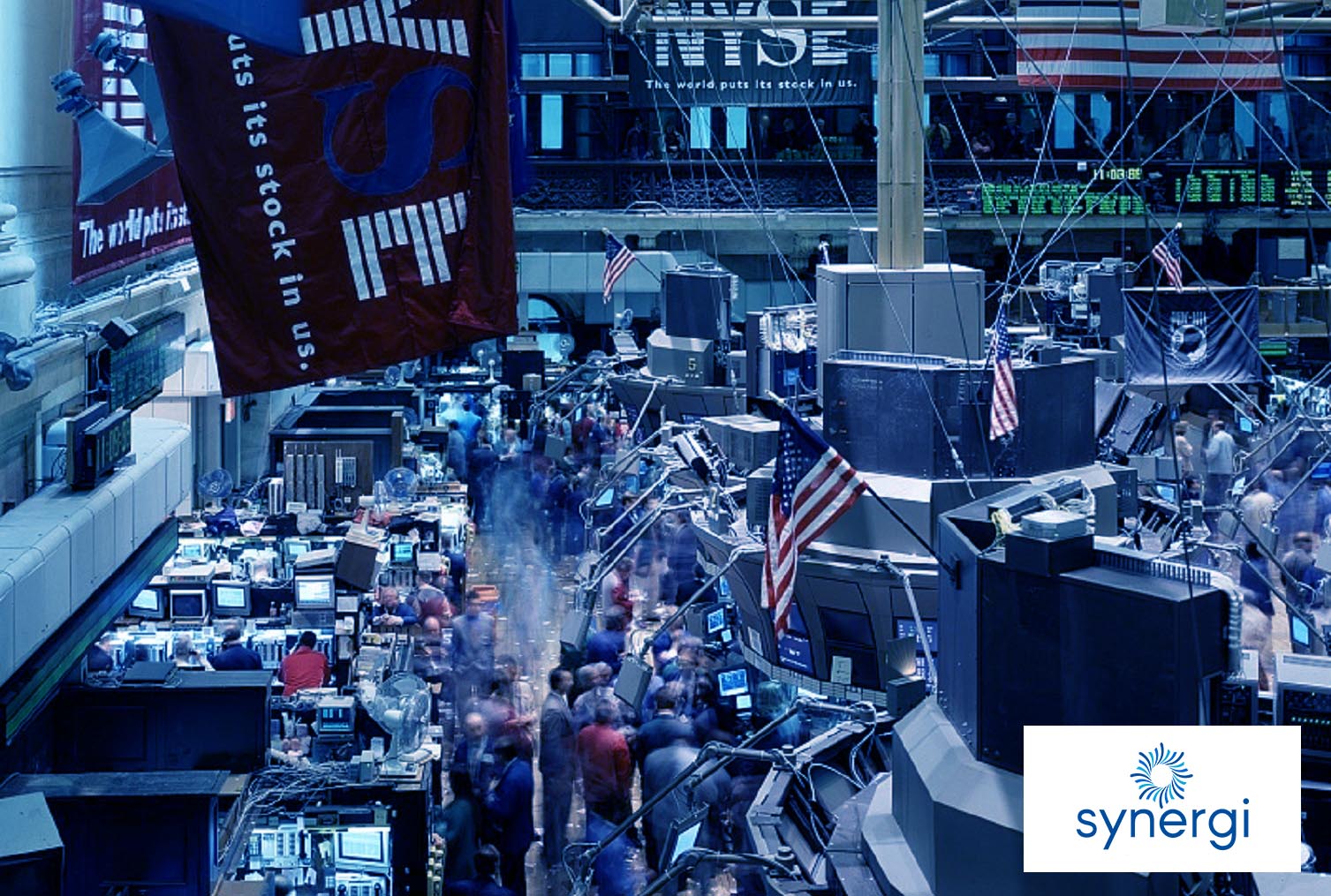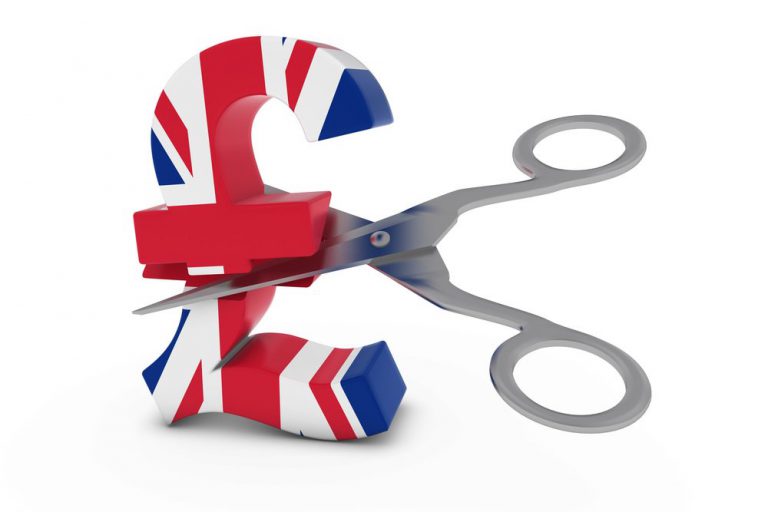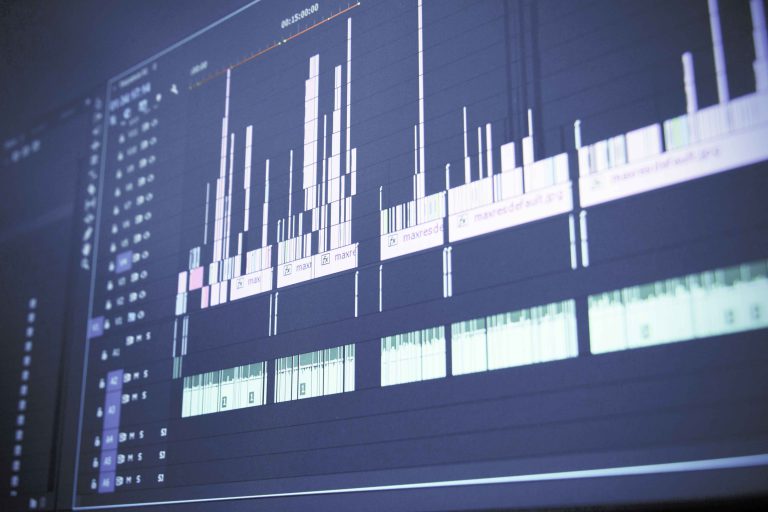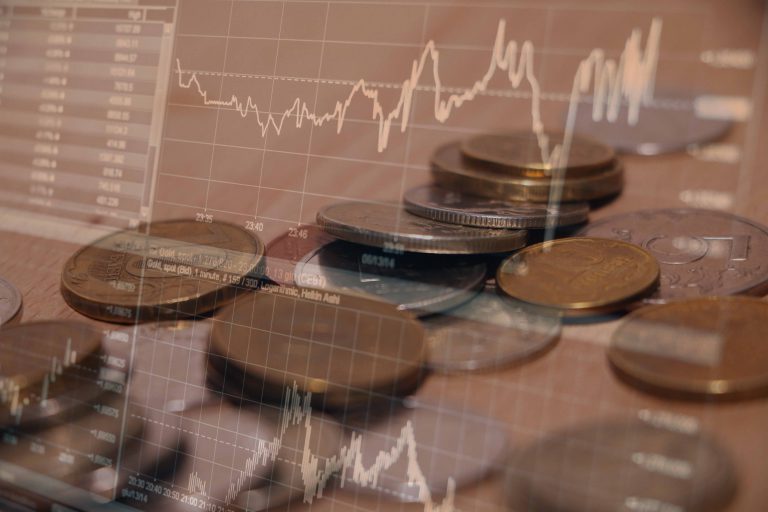FINANCIAL WEEK AT A GLANCE
Equity markets in Europe are closed for Easter, whilst in the US indices were little changed, with the Dow Jones Industrials and NASDAQ both down -0.1% and the S&P 500 flat.
However, this follows a more volatile day last Thursday: European equity markets were higher, with the FTSE 100 up +0.5% and Eurostoxx 600 up +0.7%. That said, US markets sold off during the day, with the S&P 500 ending down -1.2%, led by the NASDAQ down -2.1% driven by higher bond yields.
Bond yields have moved higher over the past few days, with the US 10-year Treasury yield increasing by 12bps on Thursday and moving another 2bps higher on Tuesday to 2.86%. The UK 10-year yield is up, approaching 2%. Oil has also ticked up over the past few days, whilst gold briefly traded above $2,000 before falling back to around $1,978 in the beginning of the week.
European equity markets in the beginning of the week were down -1% lower this morning with the UK outperforming, largely helped by rises in miners and oils.
In geopolitical news, Russian forces continue to escalate attacks on Kyiv, with missile strikes on the city in retaliation for the sinking of the Moskva in the Black Sea. In Mariupol, Ukrainian forces defied Moscow’s demands that they surrender the city ahead of a Sunday deadline. The capture of Mariupol would allow Russia to establish a land bridge between Crimea and mainland Russia to separatist areas in eastern Ukraine. President Zelensky told CNN that Ukraine is not willing to give up territory in the east and repeated a plea for more heavy weaponry from western allies. For its part, the EU is reported to be moving closer to a phased ban on Russian oil.
In economic news, the ECB’s April meeting last Thursday saw the Governing Council state it is weighing the downside risk to growth against the upside risk to inflation stemming from the recent conflict. While uncertainty pervades, the latter risks are more pressing, which drove their decision to signal they would end asset purchases in Q3 2022 and raise interest rates soon after that.
In the US, April NAHB builder sentiment fell two points month-on-month to 77, the lowest reading since September 2021, and the fourth straight decline, as ongoing home price increases and construction costs continue to impact confidence. Furthermore, the rapid rise in interest rates adds to affordability concerns, with NAHB economists stating that the market is at an inflection point, although Goldman Sachs said they still expect +10% growth in US house prices this year.
Last week also saw industrial production in March +0.9% compared to +0.4% consensus reflecting a sharp rebound in autos production, as well as another big increase in mining output, helped by easing supply constraints. Retail sales were +0.5% m/m in March, but this was flattered by a price-related surge in the nominal value of gasoline sales, with the details suggesting that consumption fell in real terms.
In the US, laggards yesterday included software, pharma, biotech and homebuilders, while energy, autos and semiconductors fared better. Twitter shares were higher (+7.5%) as the board announced the adoption of a poison pill last Friday, preventing an investor from acquiring more than 15% of the company’s stock.







